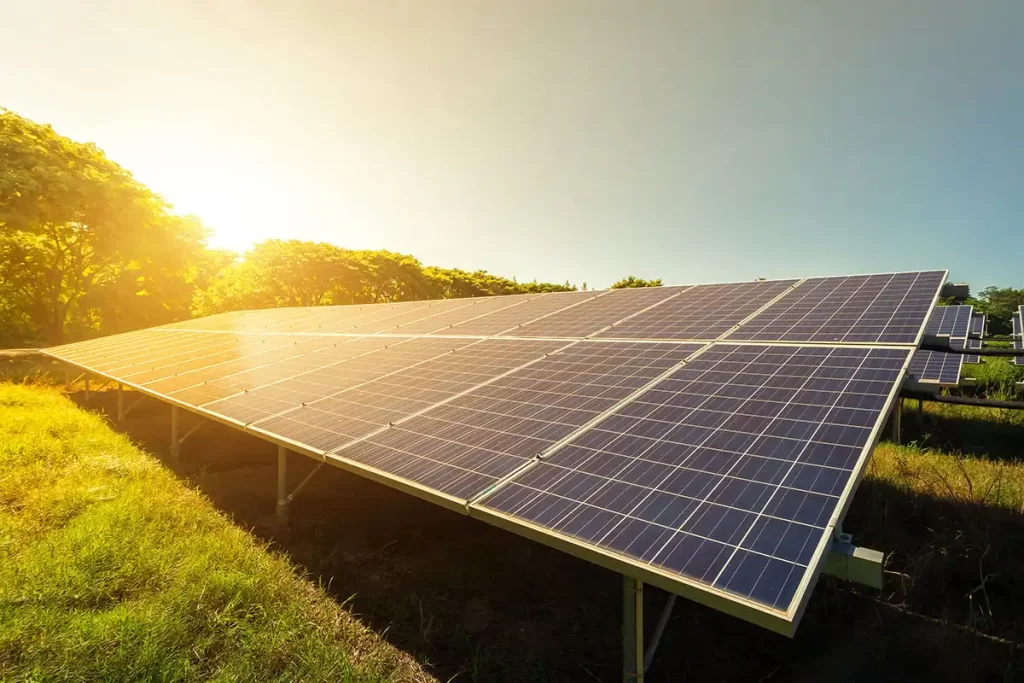
Products
Fast, Reliable, Everywhere

Solutions
Efficient, Innovative EV Charging Solutions.
News
We are committed to the innovation and application of EV charging.
Photovoltaic (PV) systems are increasingly popular due to their efficiency, environmental benefits, and potential cost savings. This guide provides comprehensive insights into photovoltaic systems, their components, benefits, and essential considerations for installation and maintenance.

A photovoltaic system converts sunlight directly into electricity using semiconductor materials. Commonly known as solar panels, PV systems offer a clean, renewable, and sustainable energy source for residential, commercial, and utility-scale applications.
Sunlight hits the solar panels, generating DC electricity through the photovoltaic effect. The inverter converts DC into usable AC electricity, powering your home or feeding excess energy back into the grid. Battery storage systems store surplus energy for later use, enhancing reliability and efficiency.
Consider your specific energy needs, available space, budget, and long-term energy goals. Consult experts for personalized guidance, ensuring the best possible system choice for your requirements.
Our company specializes in advanced photovoltaic systems designed for maximum performance:
Ready to harness solar power effectively? Contact us today to discuss the ideal photovoltaic system tailored to your energy needs.
